With an increased awareness of climate change issues, sustainable restaurant interior design is becoming popular. Not only are restaurant owners focusing on creating aesthetically pleasing spaces, but they are also responsible for the environmental. Diners are also becoming more conscious of the climate change issues that will impact the planet, and they are also looking forward to businesses that prioritize sustainability.
Creating a sustainable restaurant interior design can be a challenge. Restaurant owners must integrate sustainable practices into the overall dining experience as they make this part of the restaurant’s offers.
The trend is likely to continue to grow. When creating one, there are many things to consider, such as using eco-friendly materials, energy efficiency, and water conservation. If you are looking forward to creating a sustainable restaurant interior design, here are some tips you can consider during your restaurant renovation.
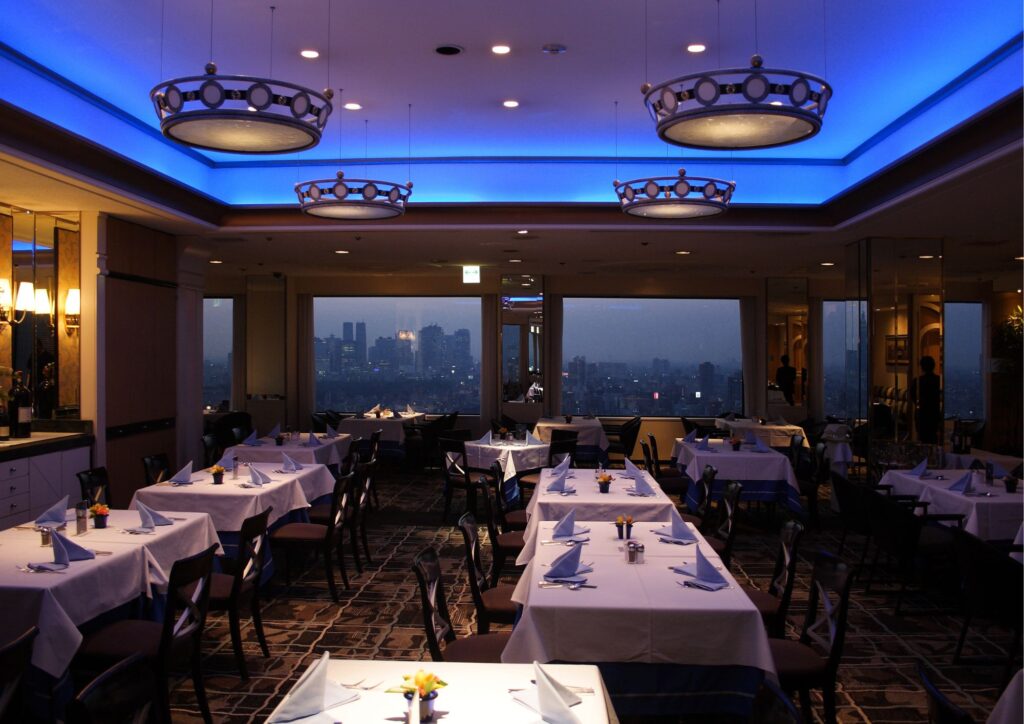
Restaurant sustainability refers to a restaurant running a practice that minimizes environmental impact and supports economic viability and social responsibility. Can you imagine a restaurant that no harm to the planet by producing zero waste, reduce food wastage, recycling its water, and leaving no trash on the planet?
Creating a sustainable restaurant interior design involves reducing the carbon footprint in the restaurant, conserving resources, and minimizing waste. Using energy-efficient lighting and equipment, composting food waste, and recycling can significantly reduce environmental impact.
Most of the time, such restaurant may have their own little herb garden or most probably have a solid local community as they may support farmers, artisans, and craftspeople. This journey may be difficult, as restaurant owners may need to focus on long-term benefits to protect, preserve and restore the environment. But it is worth it as it increases the restaurant’s value, and diners will also feel that they are making a difference.
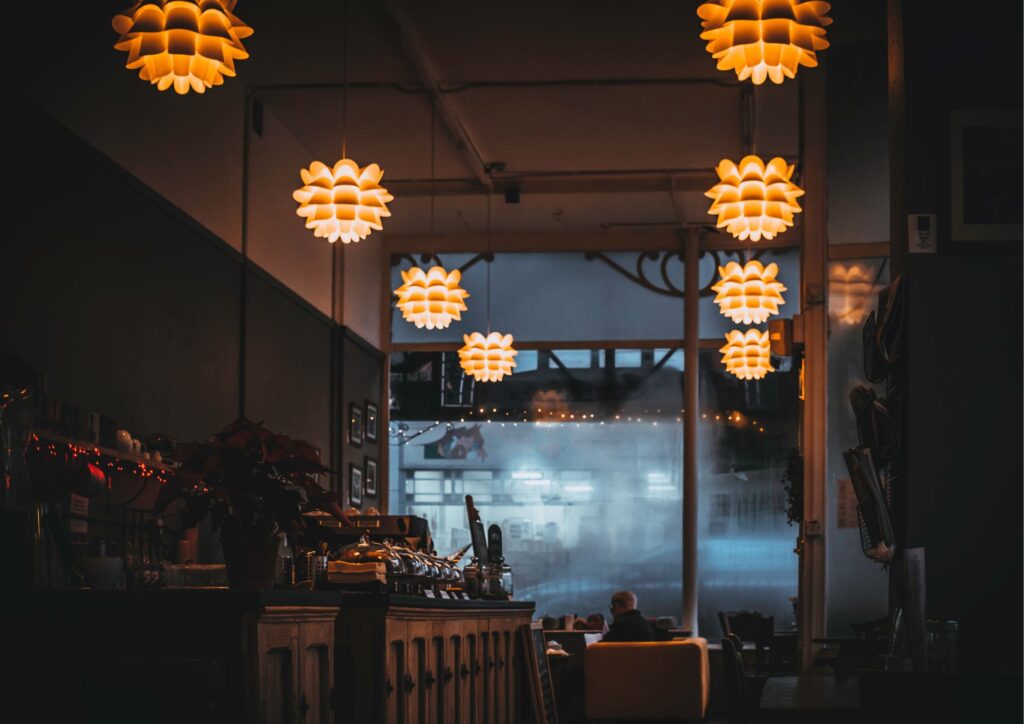
Lighting can be used to enhance customers’ dining experience in the restaurant. Customers are getting more aware of the unique welcoming designs and the lighting style that creates the atmosphere in the restaurant.
LED and Compact Fluorescent Lightbulbs (CFL) are good options for a sustainable restaurant interior design. They are an obvious choice for reducing energy waste. LED bulbs are generally considered a better choice as they are more energy-efficient and have a longer lifespan.
LED bulbs use up to 75% less energy than regular bulbs and last up to 25 times longer, while CFL bulbs also use up to 75% less energy than regular bulbs but only last 10 times longer. It comes in many sizes and styles, and finding one that matches your restaurant decor won’t be hard.
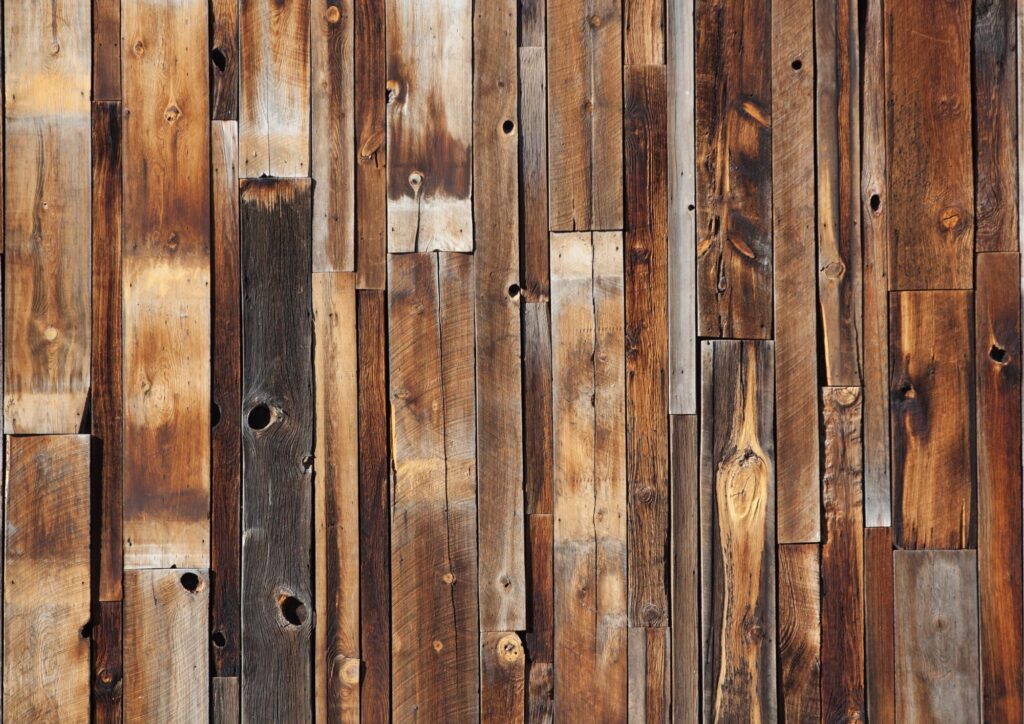
Reclaimed wood is often one of the favorite materials designers love. This wood element works well in a sustainable restaurant interior design and perfectly goes well with your green wall and plants.
Reclaimed materials are often salvaged from old buildings or structures, or they will be demolished or discarded. You will give these materials a new life by using them for your restaurant. It can add a rich coziness to your restaurant that never goes out of style. Each piece of reclaimed wood has its own story and history. It can create a unique design for your restaurant and create a warm and inviting atmosphere for customers.
Using solid-colored tiles from old buildings or abandoned establishments for your flooring can bring an authentic feel to your space. Consider the industrial style, where you can take advantage of the building structure and treat them as part of your restaurant design.
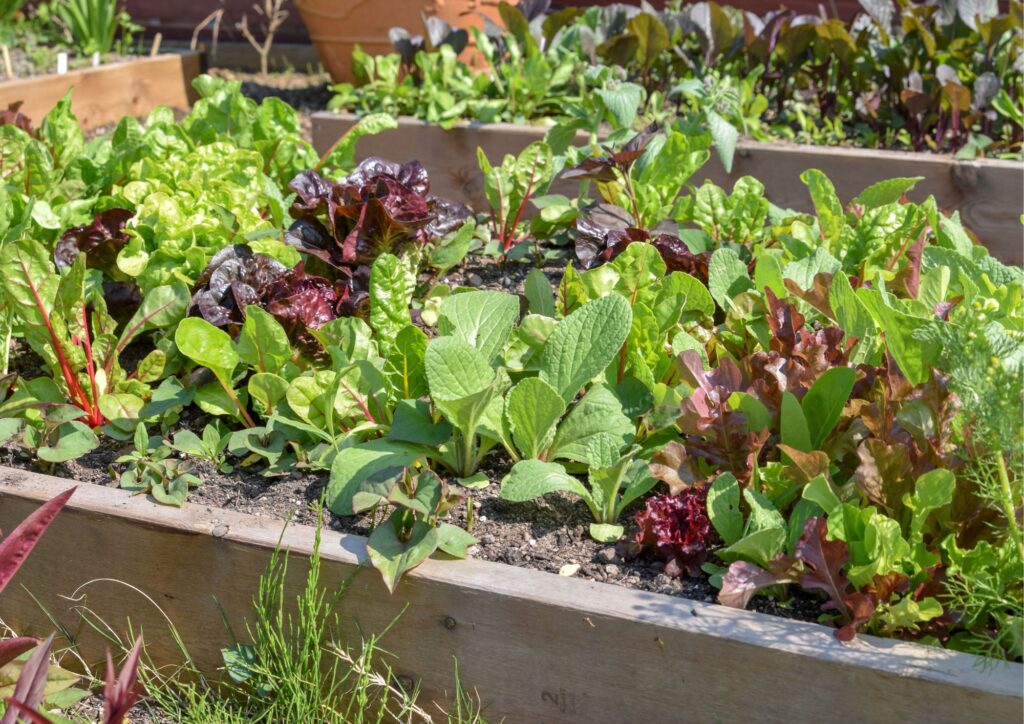
Dedicating a kitchen garden can be a great way to incorporate sustainability into their operation. By growing your own produce, restaurants can reduce their environmental impact, support local agriculture, and provide fresh and healthy food to their customers.
You don’t have to create a complicated kitchen garden. It can be simple or as elaborate according to your need. It also depends on the available space and resources. You can include a variety of fruits, vegetables, and herbs, and you don’t have to worry about running out of fresh herbs and veggies every day.
You can ensure that the ingredients you serve are fresh, organic, and free from harmful chemicals. It also gives you a competitive advantage by allowing you to create unique and seasonal dishes that showcase the favorites from your kitchen garden.
Having your own garden helps your restaurant to reduce food waste and leftovers. You can turn them into nutrient-rich additives by creating composting bins for the food you plan to throw away. But you must be knowledgeable about gardening and agriculture to ensure that the garden is free from pests and diseases.
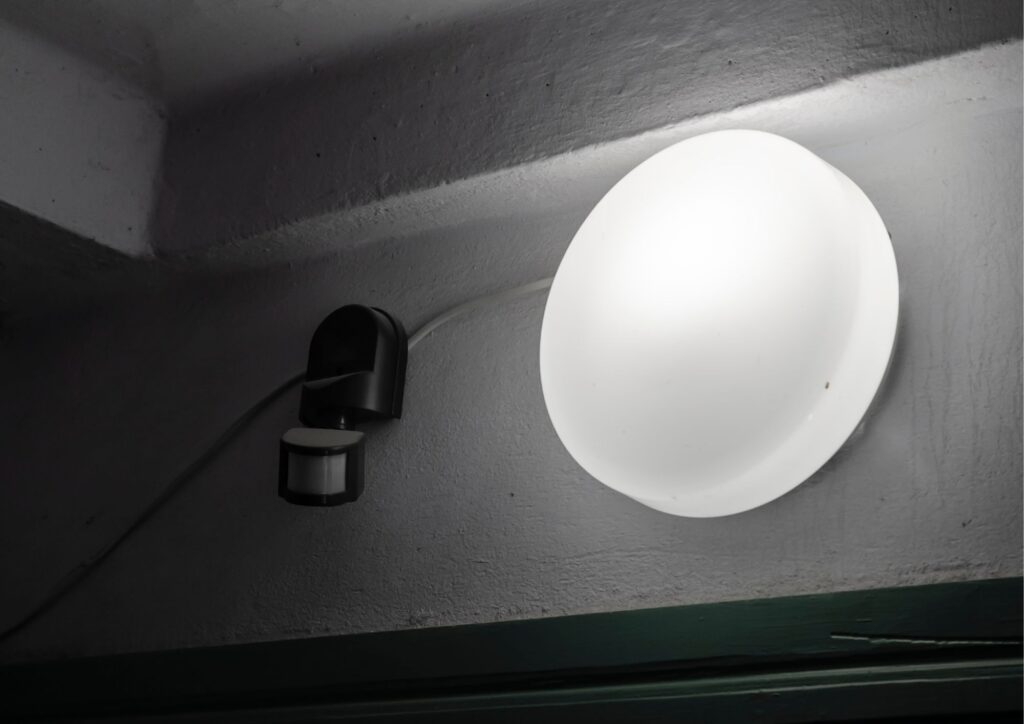
It can be a major energy waste for lighting rooms with no customers. It will have a significant monthly impact on electricity expenses. There will be times when we will forget to off the lights. With the help of timers and motion sensors, leaving lights on will be eliminated.
Timers can automatically turn lights on and off at specific times of the day. It can be useful for areas that are not used during certain times. Turning off lights when not needed can help the restaurant reduce energy waste and save money on their electricity bills.
Motion sensors can also be helpful as they will turn on the lights when someone enters the space and turn off after a set period of time once the room is empty. This can be useful for areas such as hallways or closed dining areas during certain times.
It is important that you need to ensure that it is installed and programmed correctly. Regular maintenance is required to prevent any issues or malfunctions.
A sustainable restaurant interior design can enhance the customer experience, creating a welcoming atmosphere that encourages customers to linger and enjoy their meals. Here are some of the tips to keep up with the trend.
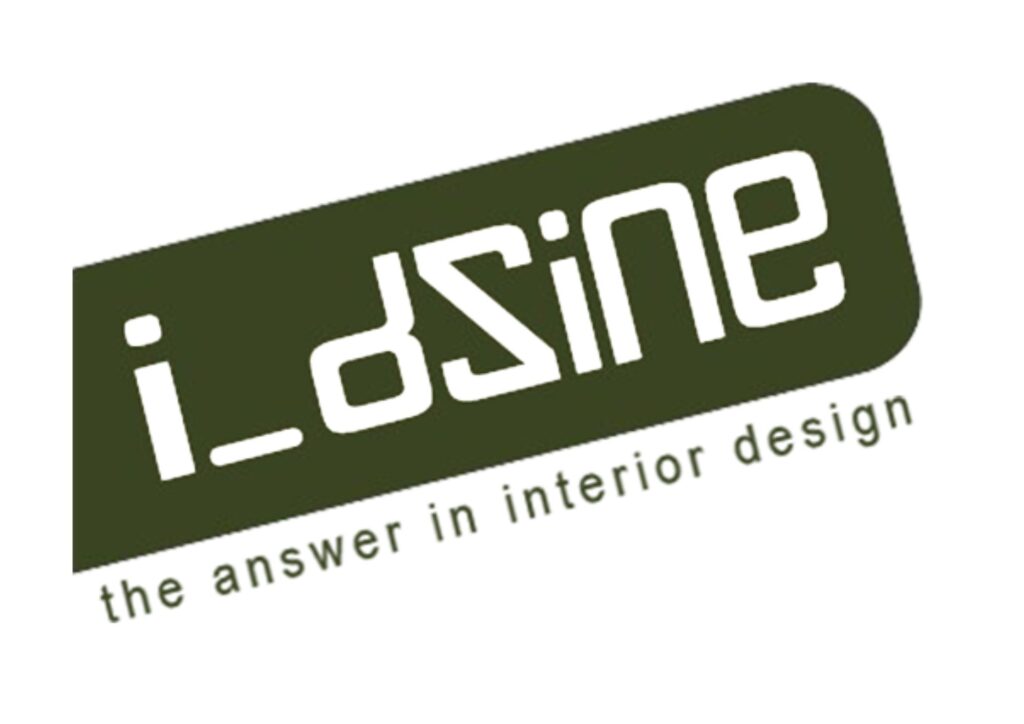
Need help with interior design? Idzine is your answer to it. We are experts in transforming space from virtual to reality. Our expertise in renovation design, oversight, and management ensures that your property is well-designed. We relentlessly focused on delivering meticulously created, beautiful, functional designs.